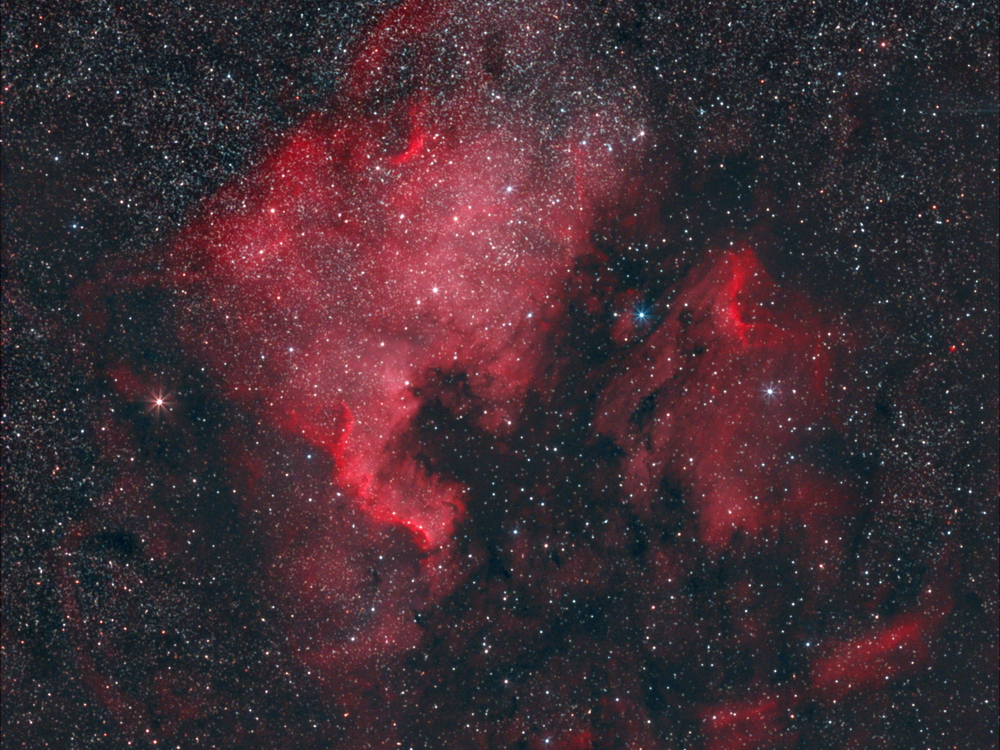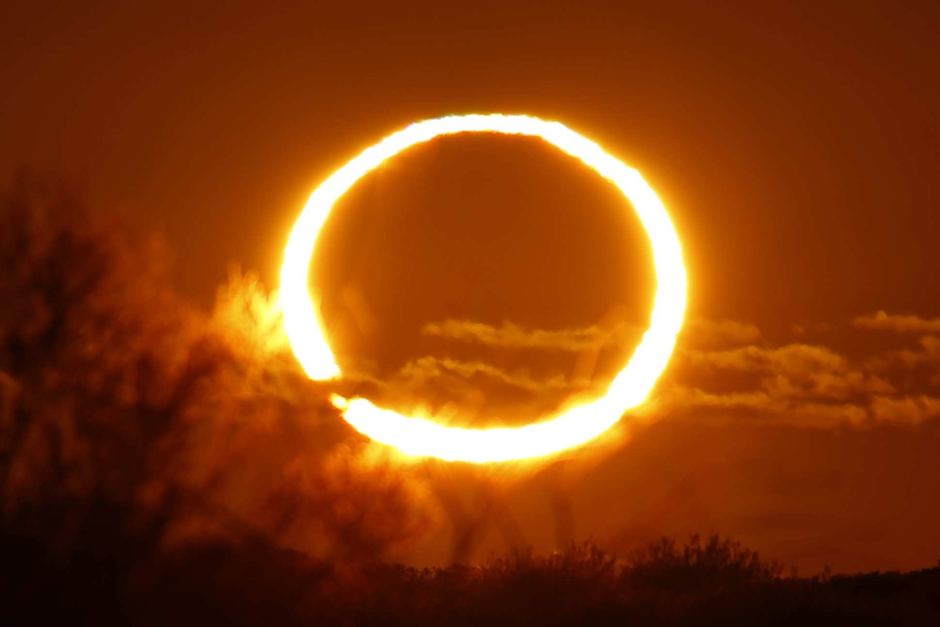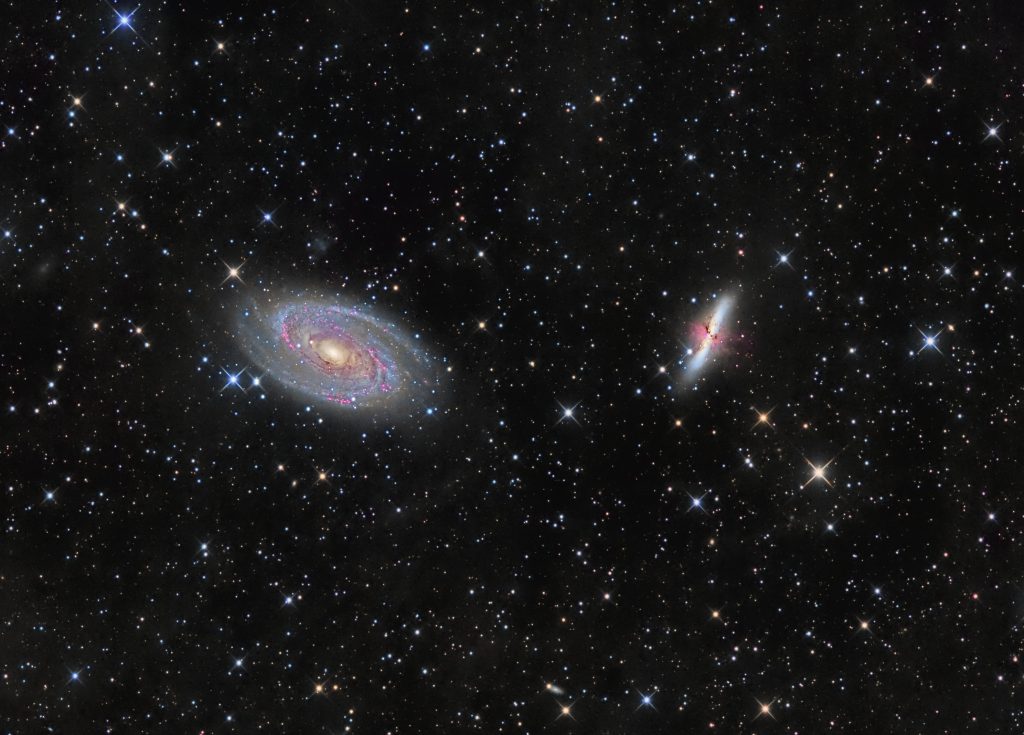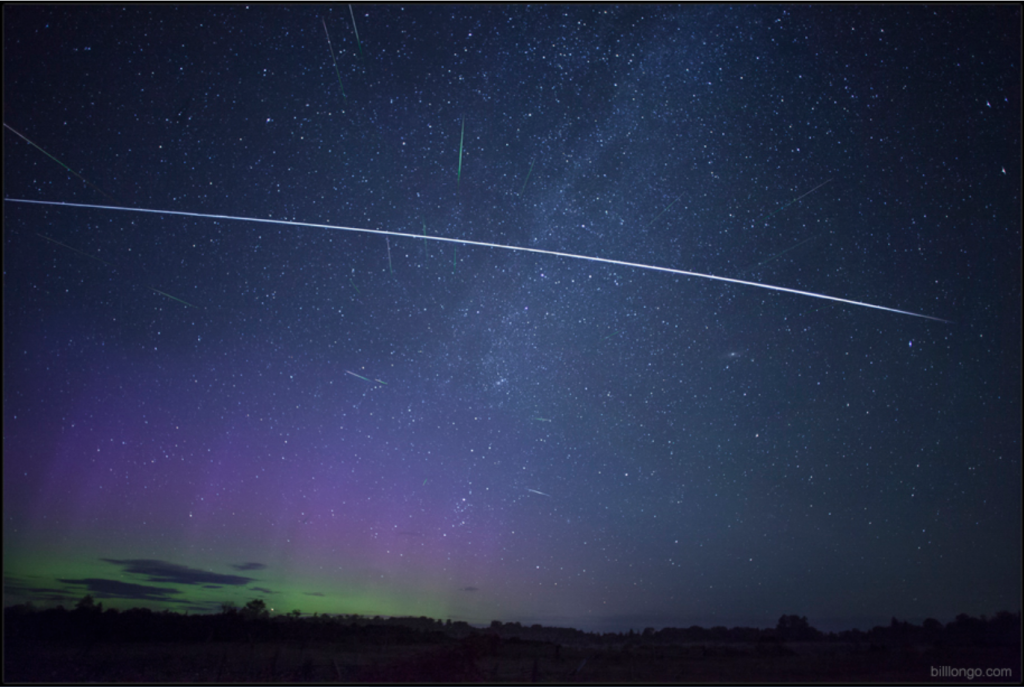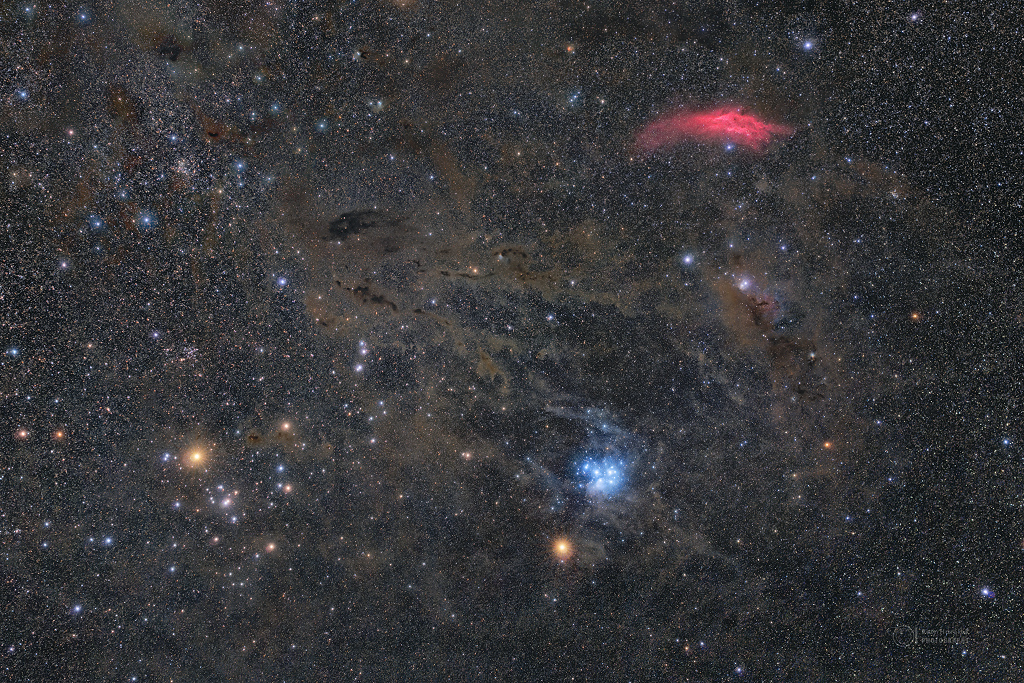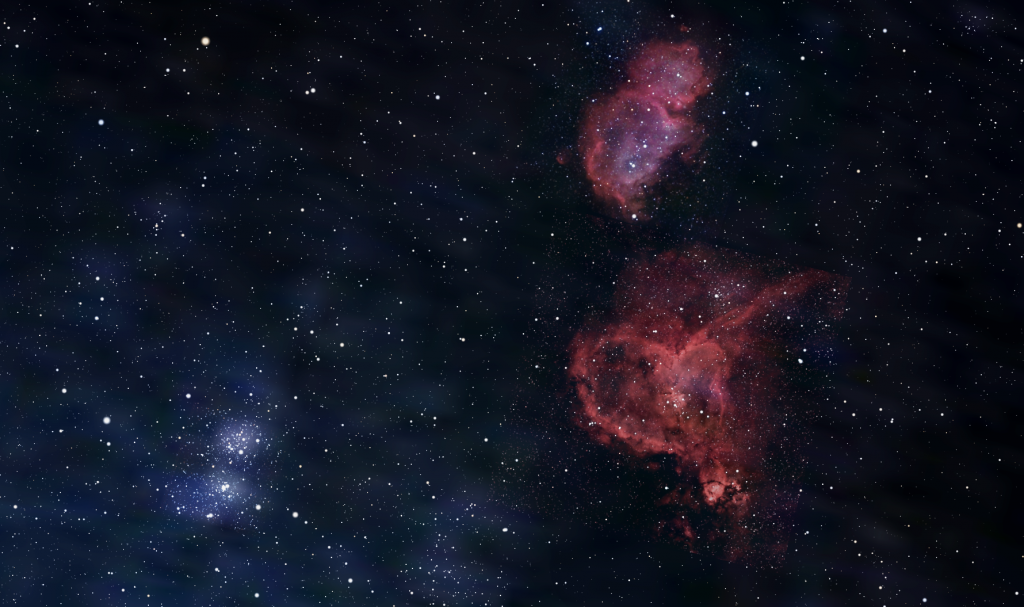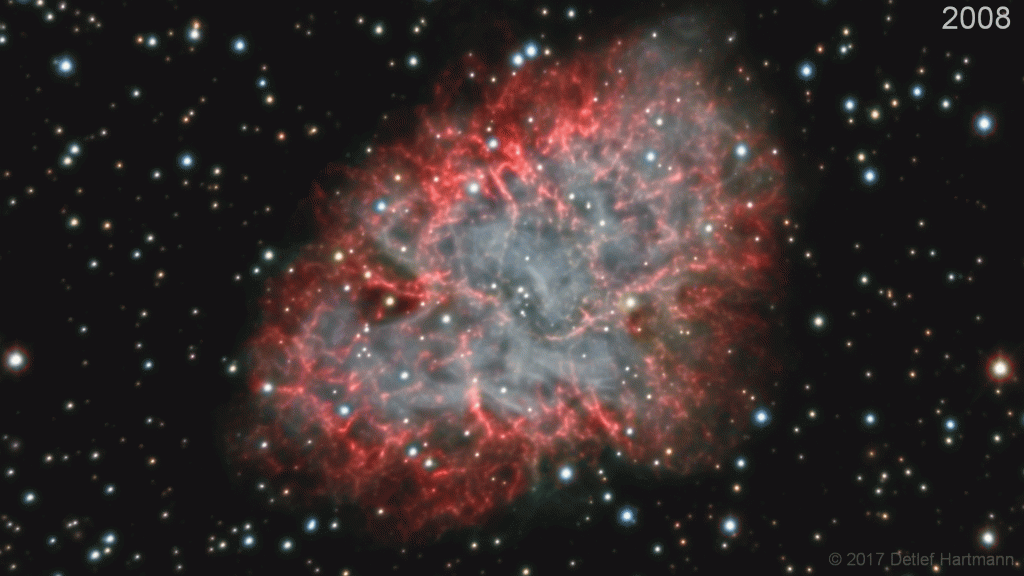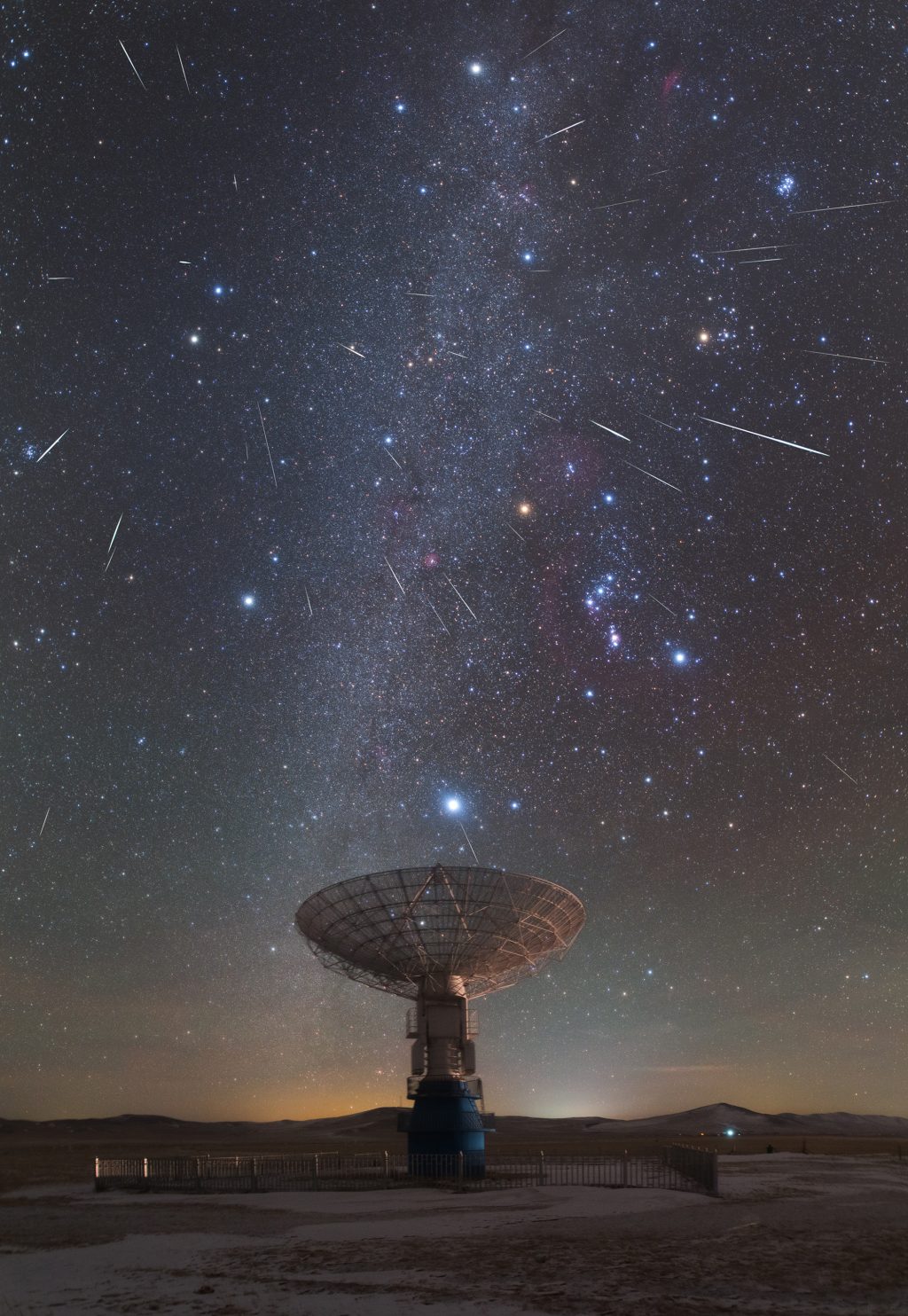Pre-Sunrise Scattered Sunlight, Best Neptune, Young Moon Meets Inner Planets and the Scorpion’s Snippers, and Soaring with Cygnus!
This gorgeous image of the North America Nebula, and the Pelican Nebula to its right, was captured by Roman Kulesza. The pink colour arises from glowing hydrogen gas. Opaque dust in the foreground is separating the single large gas cloud into two nebulas, and producing the unique shapes. It was the SkyNews Photo of the…
Read more
